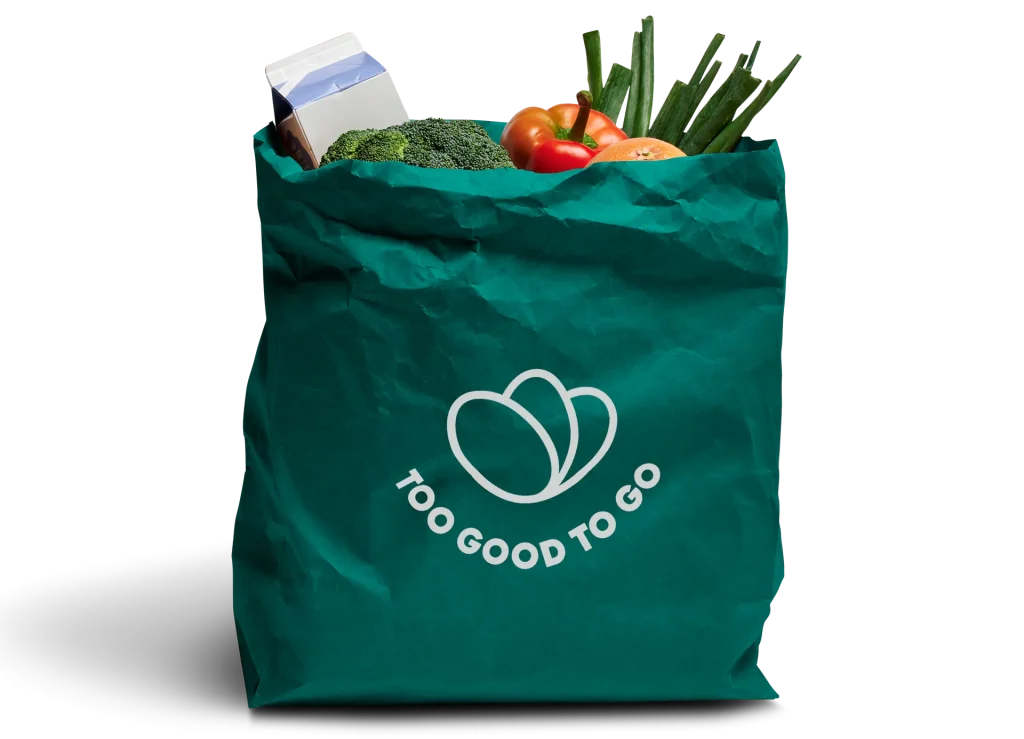Matthew Gattozzi is the founder of Goodo Studios, a content creation studio that specializes in creating photos and videos for direct-to-consumer (DTC) brands. The studio offers a mix of high-end productions, content remixing, and TikTok and User Generated Content (UGC) creation, helping brands connect with their audiences and convert views into sales.
Despite growing the business and starting to build a team, Matthew remains hands-on in multiple aspects of the business, including sales, production, and project management. He places a high priority on providing clients with not only great content but also an exceptional experience.
Goodo Studios has three primary service offerings:
- Original Production – High-end photos and videos created using cinema-grade cameras.
- Remixing & Editing – Optimizing existing content for advertising on platforms like Facebook and TikTok.
- TikToks and UGC Creation – Crafting content for both organic and paid media, especially on TikTok.
Currently, the business generates around $25,000 in monthly revenue.
Backstory:
Matthew’s journey began in a completely different field—professional ballet dancing. After graduating from high school, he pursued a career as a ballet dancer instead of attending college. Along the way, he started a blog to document his unique journey and travels, and this interest in storytelling led him to photography. Photography, in turn, sparked his interest in videography, particularly inspired by Casey Neistat’s popular vlogs at the time.
However, a back injury abruptly ended Matthew’s dance career. Without a college degree or traditional work experience, he struggled to find jobs, especially in marketing. Despite the lack of professional credentials, he had two photos and one video in his portfolio and was determined to get hired by companies.
In the early days, Matthew would go on Google Maps, pick streets, and email businesses in Austin to offer his content creation services. At the same time, he took on odd jobs, such as delivering food and charging electric scooters, to make ends meet. Armed with a $350 Nikon D3400 camera, a $1,100 Dell laptop, and an Adobe Creative Cloud subscription, he began freelancing as a content creator.
As Matthew’s reputation grew in Austin, he started working with notable events like SXSW and Austin City Limits. But when COVID-19 hit, his entire client base disappeared overnight, pushing him to shift his focus to e-commerce and product businesses. This change opened up new opportunities, and he found success in helping brands leverage content to drive revenue. As demand grew, Matthew began to build a team of content creators to scale Goodo Studios.
Matthew’s first gig on Instagram.
Designing, Prototyping, and Developing the Service:
Unlike many service businesses that start with industry experience, Matthew had no background in business or systems. He began out of necessity, emailing any business that might need photos or videos. Over time, he learned more about the needs of business owners and began crafting specific packages to address their content creation challenges.
One of the biggest challenges Matthew faced was building systems for his service. Since he had never worked in a traditional job with managers and teams, learning to manage and streamline processes took a lot of trial and error. Without proper systems in place, growth was slower at first. But once he developed effective workflows, scaling Goodo Studios became much easier.
The flexibility of running a service-based business worked in his favor, allowing him to continually refine the services he offered without the high upfront capital that product-based businesses require. For Matthew, reputation and influence were essential, but they had to be backed by excellent service delivery. While networking helped him get more clients, the real success came from delivering quality work that built long-lasting relationships.
Launching the Business:
The biggest challenge for Matthew was landing the first client. Lacking a specific niche audience at the start, he emailed any business that might need content creation services, from lawn care companies to food trucks. His only tools were a personal blog, matthewgattozzi.com, and his affordable Nikon D3400 camera.
It took over a month of sending thousands of emails before Matthew finally secured his first client, Briggo, a coffee company that was later acquired by Costa Coffee. This “yes” was a turning point for him, as it gave him the credibility he needed to approach more businesses. Leveraging Briggo’s name helped Matthew build momentum and grow his client base.
Customer Acquisition and Retention:
For Matthew, the core of his success lies in the quality of the service he provides. Good work leads to referrals, which have been the foundation of his business’s growth. No amount of marketing tricks or strategies would matter if the work itself didn’t deliver results. As a service-based business, referrals have opened many doors and fueled Goodo Studios’ ongoing success.
Twitter has been another massive growth channel for Goodo Studios. Matthew’s personal brand on Twitter has led to frequent recommendations for content projects, with people in the industry often suggesting him for work. His presence on the platform has helped him establish a network and build trust with potential clients.
In addition to Twitter, Matthew writes a weekly newsletter, Your Content Should Sell, which has grown to over 900 subscribers since its launch in March 2020. The newsletter offers insights into the philosophy and approach behind Goodo Studios’ content creation, helping readers understand how they think about and execute on projects. While not everyone on the list is ready to buy immediately, the newsletter helps keep the studio top of mind for when they do need services.
Matthew also experimented with a podcast, How to Market Your DTC Brand, which complemented the newsletter, but the podcast is currently being reworked to make it even better.
Another key strategy has been engaging in online communities where his ideal customers hang out. By participating in discussions, answering questions, and sharing insights, Matthew has been able to build credibility and attract new clients. As with Twitter, this approach helps him establish his expertise and get recommended for projects.
Current Status and Future Outlook:
Goodo Studios is currently in a phase of growth, with Matthew focusing on bringing on more team members to scale the business. The goal is to tighten systems and processes so that the service remains exceptional even as the number of projects increases.
Looking ahead, Matthew plans to host smaller events to build a community around Goodo Studios, educate brands about content creation, and bring in partners such as software companies. These events will help brands not only create great content but also provide them with the tools they need to succeed in their respective industries.
Lessons Learned:
Matthew’s biggest lesson from starting Goodo Studios is the importance of systems and management. As someone who had never worked in a traditional business environment, learning how to manage people and build systems took time. If he were to start again, he would consider working for a company first to gain experience in managing teams and creating systems.
He also wishes he had hired sooner. Every time he has brought on new team members, the quality of the projects has improved, and the business has been able to charge more for its services. He emphasizes the importance of hiring the right people to help scale the business more efficiently.
Matthew credits his background in ballet for giving him the discipline and resilience needed to succeed as an entrepreneur. Even though he didn’t have business experience, the years of intense training helped shape his work ethic and ability to overcome challenges. For aspiring entrepreneurs, he advises leveraging their unique experiences to their advantage, as they can be a source of strength in building a business.
Tools and Platforms Used:
- Bonsai: For contracts and invoicing.
- Beehiiv: For the newsletter. Matthew is a beta user and has helped develop the product.
- Airtable: For CRM and project management, with a system built by his friends at TALOS.
- Slack: For team communication and client relations.
- Adobe: The primary tool for content creation, with some use of Figma for graphics and Canva for deck creation.
- Air.inc: For content management, allowing for client feedback directly on videos.
Influential Books & Resources:
- Traction: Get A Grip On Your Business by Gino Wickman: This book taught Matthew how to build and manage a team.
- This Is Marketing: You Can’t Be Seen Until You Learn to See by Seth Godin: A valuable resource for learning about marketing, which Matthew references frequently when working with clients.
Advice for Aspiring Entrepreneurs:
Matthew’s top advice is to start now. His lack of experience turned out to be an advantage, as it forced him to take action and start his business without delay. He acknowledges that while it’s not necessary to take as extreme a path as he did, it’s important not to wait too long to start.
For those starting a business, he recommends working on the side to generate income while building the business. This approach helps you avoid relying on business income too early, allowing you to invest more into growing the company without financial strain.




